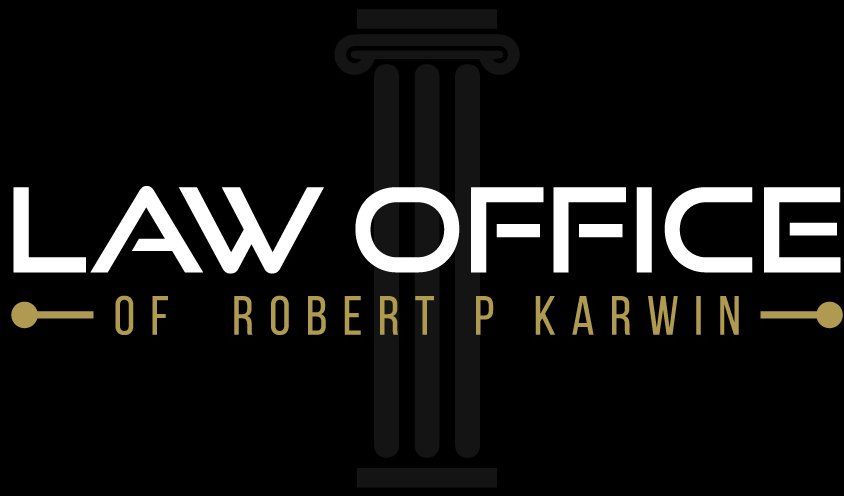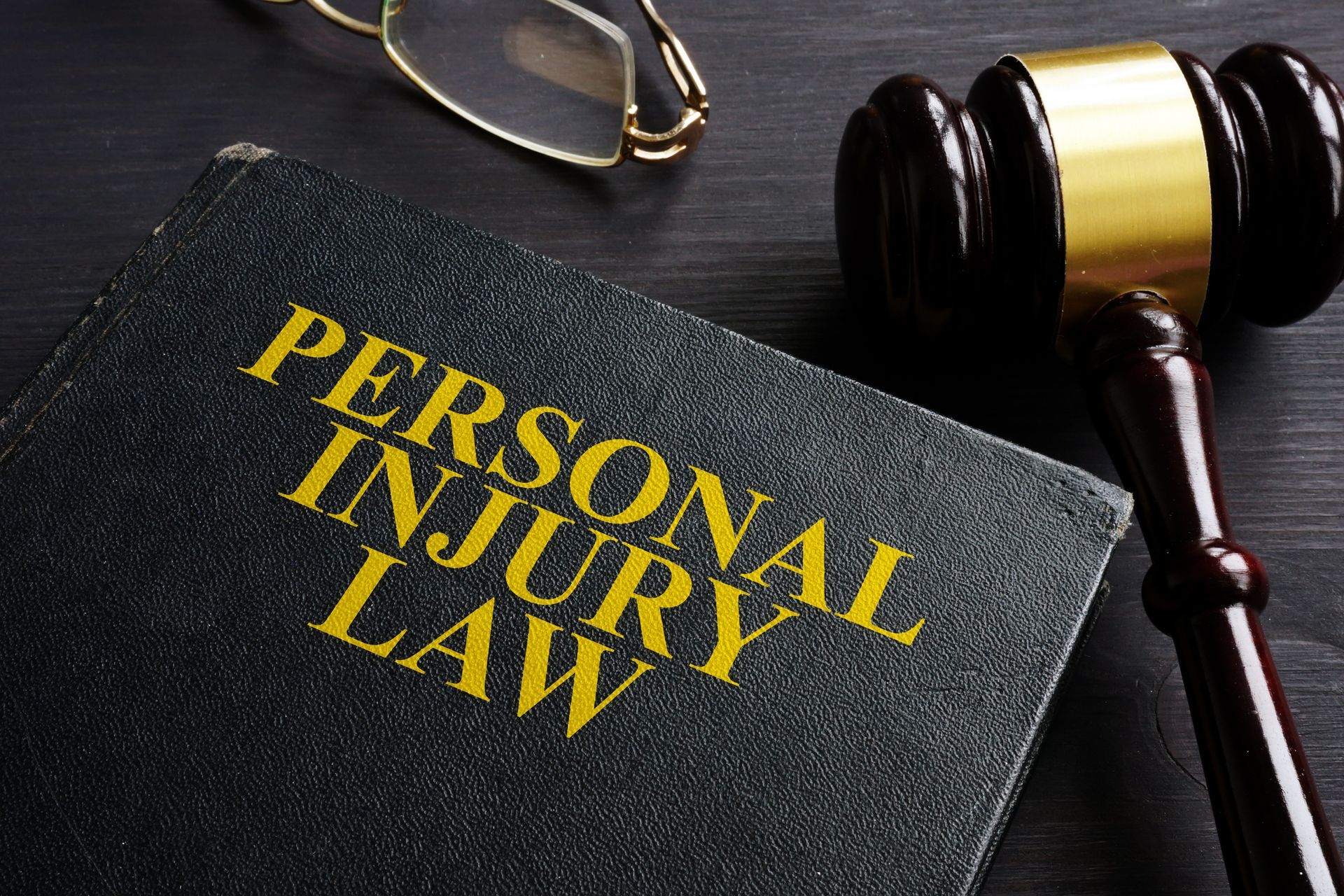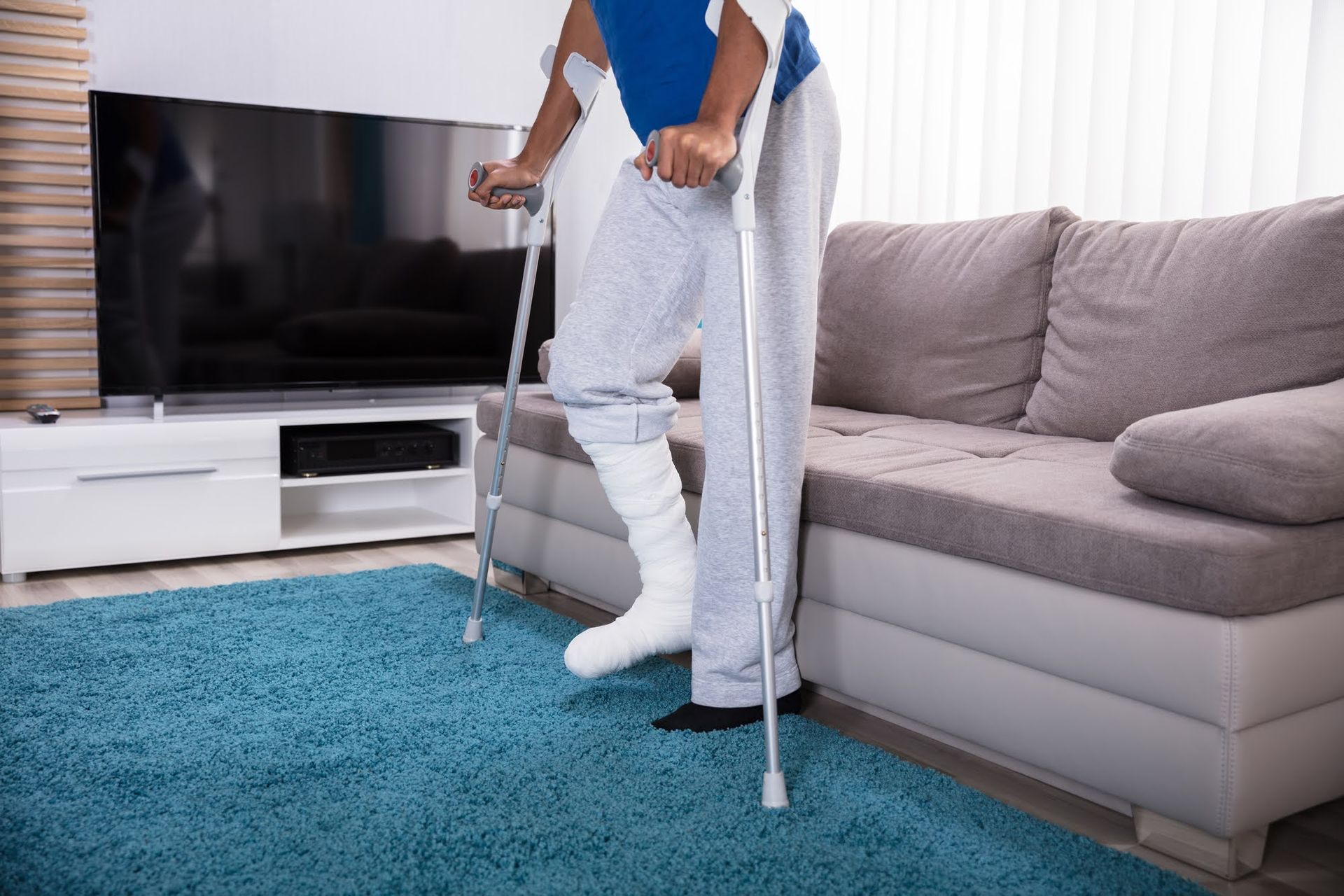Tips to Prove Your Defective Product Liability Case

What Are the Types of Defective Product Claims?
The first step to supporting your personal injury claim is to understand the various types of product liability claims. Learn the provisions of each claim to establish if you have a viable case. The claim types include the following.
Errors During Product Production
This is probably the most straightforward claim to prove. You should present evidence that the defect originates from the product's production. Perhaps the product has material flaws that the manufacturer missed or ignored.
Error in Product Design
In this case, you have to prove that although the product production is not faulty, some flaws with its design present risks and dangers to consumers. Such defects occur prior to product production. A defect in design is a bit more difficult to prove, but things get easier with a personal injury attorney by your side.
Lack of Danger Disclaimer
Manufacturers should indicate a clear disclaimer that the use of the products in a particular manner presents risks. For example, they should indicate whether the product is flammable, explosive, or not for use by individuals with specific health conditions. The instructions must be clear. Otherwise, a vague disclaimer makes the manufacturer liable for the harm.
Which Evidence Do You Need For Defective Product Claim?
Now that you understand the different types of claims and your case meets the requirements for a valid claim, you need to show that your injuries resulted from someone else's negligence. Some tips to help you collect evidence include the following.
Show That You Used the Product Correctly
Your case is only valid if the damages you suffer are not your fault, so you must prove that you followed the manufacturer's directions to the letter.
Suppose you sustain injuries from an explosive product. In that case, you must prove that the product lacks an explosion danger disclaimer. And if it has a disclaimer that you shouldn't use it near heat, you must prove that you didn't.
To prove that you used the product as intended by the manufacturer, take account of the place of use, time, and the events that led to the injuries. You can do so through pictures, videos, or have a witness testify.
Prove That the Product Is Defective
You need to prove that the product is defective, perhaps due to production or design errors. Demonstrate that the item is dangerous to any ordinary consumer, and the risks are not easily noticeable. Maybe the product lacks clear instructions or does not meet the American National Standards Institute rules and regulations for safety labels. The safety label should indicate:
- Any dangers and their effects
- How to prevent the risks
- The severity of the dangers that the product poses
If the product does not have any of the above elements, you can easily prove that the manufacturer's negligence is the culprit for your injuries.
Prove That Your Injuries Are a Result of the Defective Product
The insurer may argue that the injuries are pre-existing to try to deny your claim. You have to show that you didn't have the injuries before you used the product, and you can prove this through:
- Medical reports
- Photos of your injuries
- Police reports, if applicable
- Witness testimony
Defective product claims can be complex, especially if you are not knowledgeable about personal injury law. That's why we are here to guide you through evidence collection to prove that your injuries result from the manufacturer's negligence. Reach out to us at the Law Office of Robert Karwin for consultation, and let's discuss your defective product liability case.










